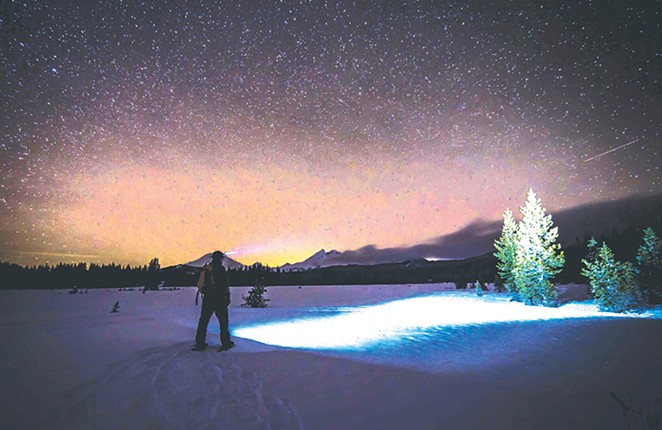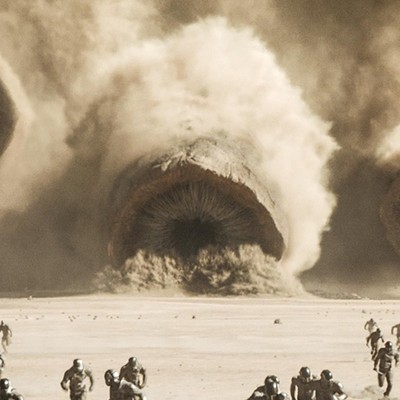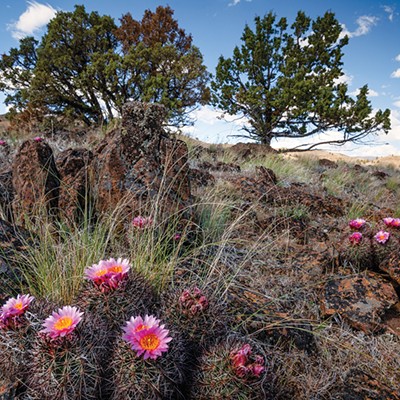Astrophiles are heading outdoors in all parts of the world this December to catch the astronomical show of the year — a celestial masterpiece of streaking lights.
On an average night, stargazers can spot one to two "shooting stars" per hour, but during a meteor shower, like August's annual Perseid Meteor Shower, avid sky watchers can see one meteor every minute, and the annual Leonid Meteor Shower in mid-November showcases up to 15 meteors per hour.

In light of December's stellar performance of the annual Geminid Meteor Shower, all the rest are just cosmic foreplay for a brilliant end-of-year climax. At its peak on an optimal night in the right conditions, the Geminids show off their radiance with at least 120 meteors visible per hour to the naked eye.
From Nov. 19 through Dec. 24, 2023, viewers around the globe, especially those in the Northern Hemisphere, will have access to an especially majestic shower due to December's thin waxing crescent moon (new moon) on the 12th, creating a magnificently dark viewing sky for the Geminids peak on Dec. 14, as long as skies remain clear. Early evening moonsets through the peak on the 14th will bolster a dark sky display.
This shower of bold, white, bright and quick meteors rises in the sky mid-evening with the highest viewing rate around 2 am, visible in all time zones and all parts of the sky. While it might be tough to catch all 120 burning meteors every hour, especially if conditions are less than ideal or outside of peak viewing times, one with a keen eye can often see up to 50 per hour.
The radiant point of the Geminid Meteor Shower — the location it appears to come from in the sky — coincides with the constellation Gemini, hence the shower's name.
tweet this
Commonly called shooting stars, these atmospheric light streakers are actually meteors, and not stars at all. Giant formations of hot gas, stars form in molecular clouds and when they die, they either quietly fade or are destroyed in an epic space explosion known as a supernova.
Meteors, however, are small pieces of either a comet (sun-orbiting objects with solid centers covered by a layer of ice which turns into gas as they near the sun) or, more rarely, an asteroid (sun-orbiting rocks, sometimes referred to as minor planets). As meteors enter Earth's upper atmosphere from space, only 60 miles above the Earth's surface, they burn, creating streaks of light in the sky. When large numbers of meteors encounter Earth at once, it's called a meteor shower.
Geminid meteors were found to be mysteriously sourced from the asteroid 3200 Phaethon, an enigma that appears to be a peculiar amalgamation of asteroid and comet. The radiant point of the Geminid Meteor Shower — the location it appears to come from in the sky — coincides with the constellation Gemini, hence the shower's name.
Moving across the sky in spurts with lulls in between, these often tailless, burning meteors are easily spotted with the naked eye, no special viewing equipment necessary. To combat Central Oregon's dark, cold winter evenings, warm clothing, blankets, hot beverages and flashlights are helpful accessories. And because the human eye can take up to 20 minutes to fully adjust to the dark, it's recommended to slate at least an hour of meteor gazing.
The best viewing conditions are a dark, open sky, with no clouds and a skyline free of natural barriers or manmade structures. With low amounts of light pollution and several surrounding wilderness regions, Central Oregon makes a divine light show host. Deschutes National Forest has several viewing options with large, natural tree clearings (pending accessibility due to snow conditions), the eastern desert terrain offers options aplenty including Oregon Badlands Wilderness Area as well as nearby buttes, and local snow parks in the Cascade Mountains near Mt. Bachelor offer multitudes of cross-country skiing and snowshoeing trails for the movement-bound skygazer.
Wanderlust Tours will host a Geminids Meteor Shower Snowshoe Tour on the evening of Dec. 13, guided by a naturalist for an off-trail snowshoe adventure under the starlit sky in the local Cascade Mountains. All skill levels are welcome and detailed event information is available on their website.
More night sky learning opportunities, including constellation tours and large telescope planetary and galaxy viewings, are available at the Sunriver Observatory during its year-round evening program hours. The Pine Mountain Observatory also hosts public nights in late spring through early fall.
From sky gazing newbies to experienced astronomy buffs, the Geminid Meteor Shower is sure to be out of this world.






















